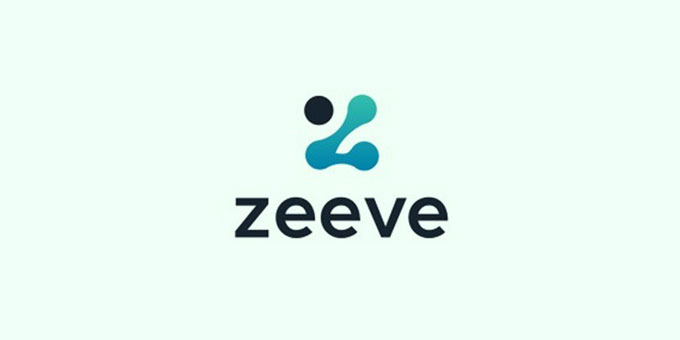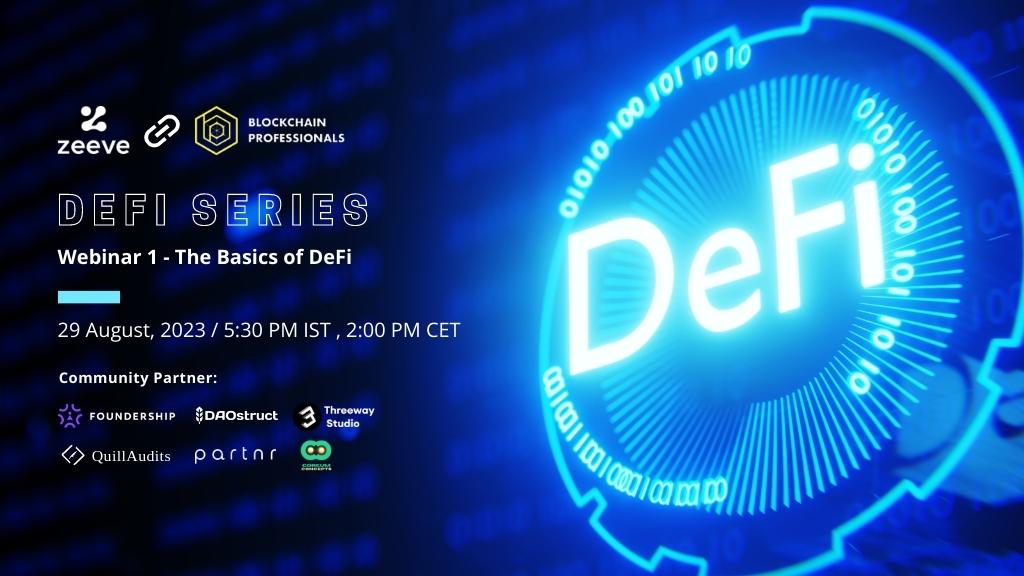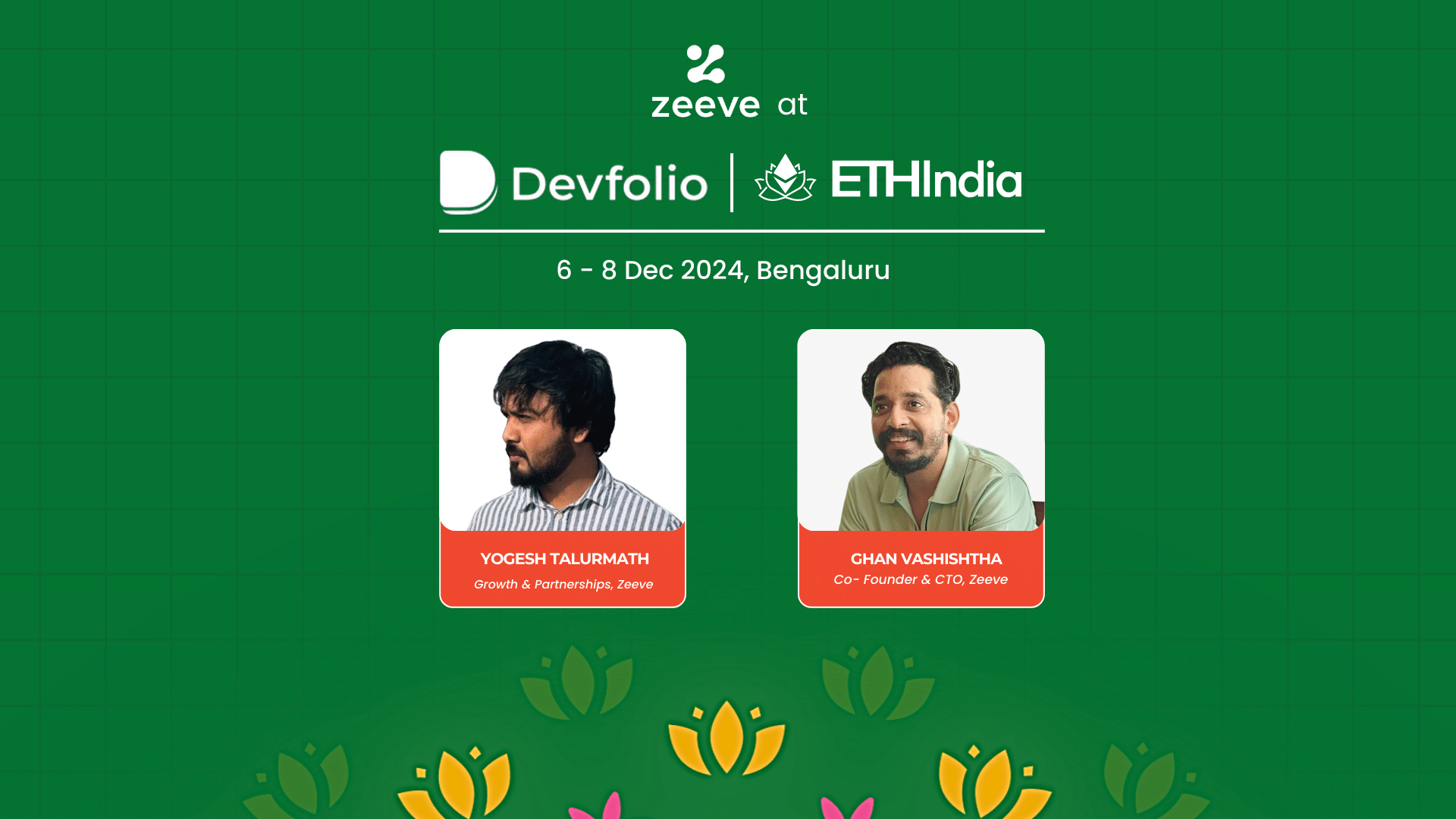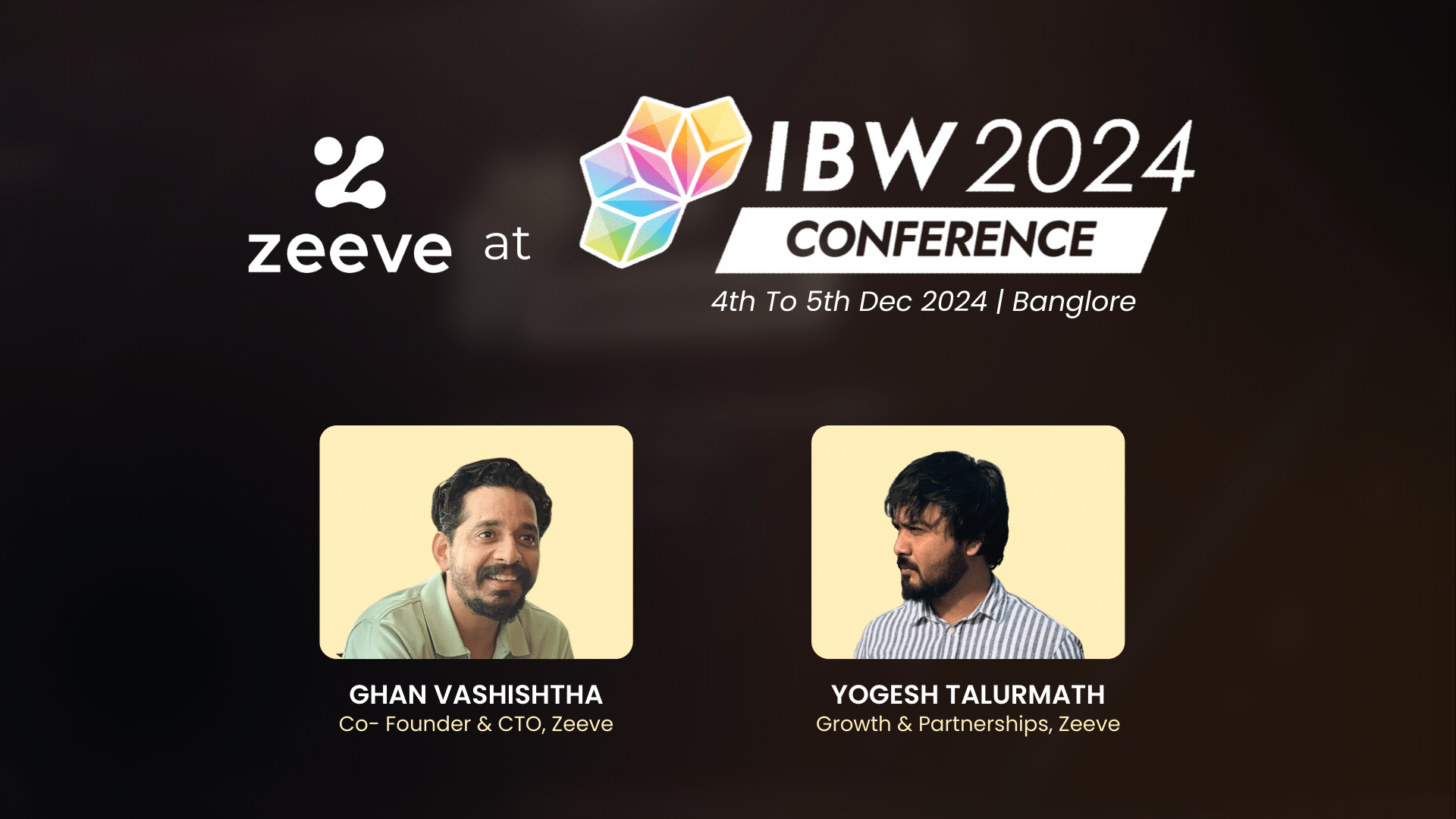Zeeve organized a webinar titled: “The Basics of DeFi.”
Dr. Ravi Chamria, CEO and Co-Founder of Zeeve, starts the webinar by briefly introducing the topic by discussing how DeFi aims to use blockchain technology to create decentralized financial services where parties can interact and transact with minimal involvement of intermediaries.
Dr. Ravi discusses the evolution of financial technology and how DeFi differs from traditional finance. He mentions that the goal is to bring trust, transparency, and complex transactions through smart contracts.
He also explains a framework to assess the transition from centralized finance to DeFi, considering asset custody, transaction censorship, and protocol governance.
He explains that true DeFi involves decentralized platforms and governance, where token holders have voting power.
Dr. Ravi discusses the key features and building blocks of DeFi. He highlights the financial inclusion aspect of DeFi, as anyone can participate and use the platforms without restrictions.
He also emphasizes the programmability and composability of smart contracts, allowing for complex transactions and the combination of different products. Further, he explains the key components of DeFi infrastructure. He mentions the consensus mechanism, such as proof of stake, which allows validators to participate in the consensus and write data to the blockchain.
Dr. Ravi Chamria further discusses the differences between centralized finance (C5) and decentralized finance (D5). One key difference is the custody of funds, where in D5, the user has complete control over their funds, while in C5, custody is with a third party.
He even explains the benefits of DeFi (Decentralized Finance). He mentions that DeFi offers a tamper-proof ledger of transactions, creating an immutable audit trail.
He also explains that DeFi works through an infrastructure layer consisting of decentralized blockchain networks, smart contracts, and an application layer that provides the user interface.
Dr. Ravi also highlights significant use cases of DeFi, such as asset management and tokenization of real-world assets.
Dr. Ravi discusses different use cases and applications of DeFi. He also mentions that decentralized exchanges have grown in volume and popularity, especially with the failure of centralized exchanges like FTX.
Furthermore, he discusses the basics of DeFi, focusing on lending and borrowing processes within DeFi platforms such as Aave and the benefits they offer. He also introduces other use cases, such as prediction markets and decentralized autonomous organizations (DAOs).
Dr. Ravi discusses various challenges and initiatives in the DeFi space. One challenge is user experience, but initiatives are working on solutions such as social login methods and gasless transactions. He adds that despite these challenges, the DeFi market is projected to grow significantly, and initiatives target these issues.
Dr. Ravi explains the simplification of blockchain through App chains, which has allowed startups and protocols to innovate and bring interoperability to the DeFi space. He also acknowledges the challenges faced by DeFi, such as user experience and adoption. Still, he believes that with time and the resolution of specific technical issues, DeFi will see rapid growth and more widespread adoption.
Dr. Ravi concludes the webinar by discussing the core components of DeFi and promises to provide a hands-on demonstration of connecting wallets and conducting transactions.
Lastly, expressing his gratitude to the audience, he encourages viewers to connect with Zeeve on various social media platforms to learn more about their services.
Check out our previous videos on the Zeeve interface, deployments, podcasts, presentations, explanations, and more.
To build on Zeeve – https://app.zeeve.io/
Follow Zeeve on Twitter – https://twitter.com/0xZeeve
Follow Zeeve on LinkedIn – https://www.linkedin.com/company/0xzeeve
Follow Zeeve on Medium – https://medium.com/zeeve
























